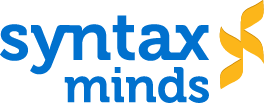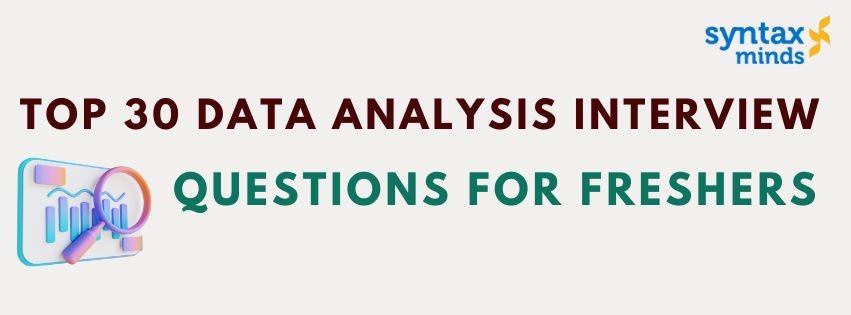Table of Contents
ToggleTop 30 Data Analysis Interview Questions for Freshers
Preparing for a data analysis interview as a fresher can be intimidating, but understanding the right questions and how to answer them can make all the difference. This guide provides a comprehensive list of questions tailored for beginners to help you get job-ready. Let’s explore the most commonly asked questions, divided into categories for clarity and focus.
Basic Concepts
- What is data analysis?
- Define the process of inspecting, cleansing, transforming, and modeling data to discover useful information.
- What are the key steps in a data analysis process?
- Example steps: Data collection, cleaning, exploration, modeling, and interpretation.
- What is the difference between structured and unstructured data?
- Provide examples like spreadsheets (structured) vs. social media posts (unstructured).
- What is data cleaning, and why is it important?
- Highlight its role in ensuring data quality and reliability.
- Define quantitative and qualitative data.
- Include examples for clarity.
Technical Tools
- What are some common tools used in data analysis?
- Examples: Excel, SQL, Python, R, Tableau.
- How would you explain the importance of SQL in data analysis?
- Focus on data extraction and manipulation from relational databases.
- What is a pivot table, and when would you use it?
- Provide a scenario like summarizing sales data by region.
- Explain the use of VLOOKUP in Excel.
- Provide a brief example of matching data across sheets.
- What are some Python libraries used for data analysis?
- Examples: Pandas, NumPy, Matplotlib.
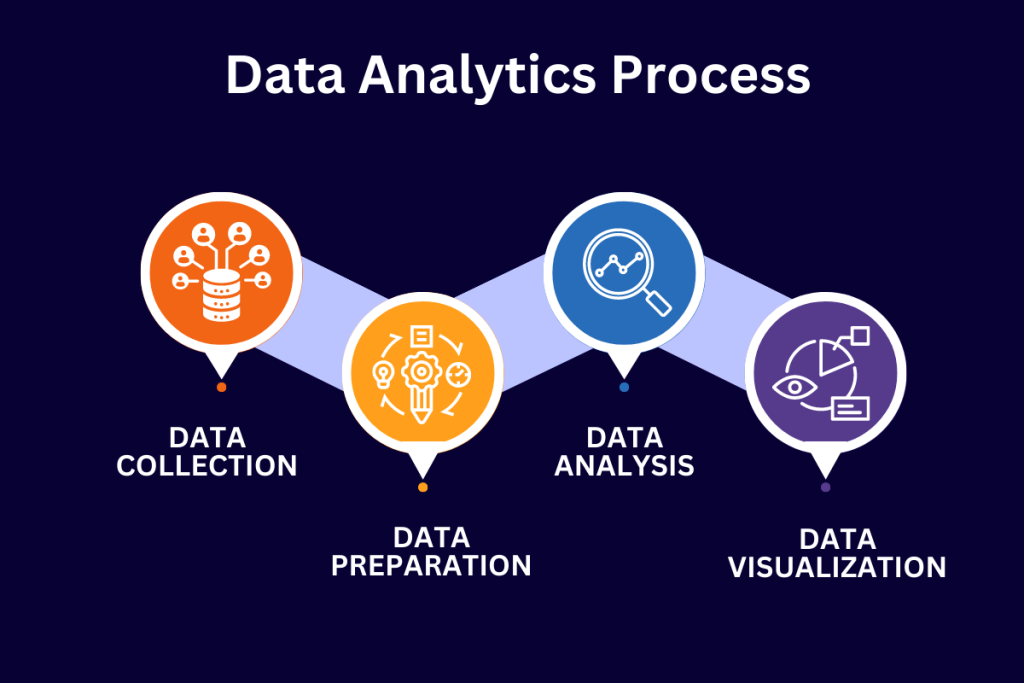
Statistical Questions
- What is the difference between correlation and causation?
- Include examples to explain the concept.
- Define standard deviation and its significance.
- Use simple language to explain how it measures data spread.
- What is a p-value in hypothesis testing?
- Provide a basic explanation relevant for beginners.
- How would you explain mean, median, and mode?
- Include examples like analyzing test scores.
- What is a normal distribution?
- Illustrate its application in real-world scenarios.
Scenario-Based Questions
- How would you handle missing data in a dataset?
- Explain techniques like imputation or removal.
- Imagine you have duplicate records in your dataset. How would you handle them?
- Discuss methods like filtering or grouping.
- If a dataset has outliers, what steps would you take?
- Explain detection and handling methods.
- How would you validate your data analysis results?
- Highlight the importance of cross-validation and peer reviews.
- Describe a situation where you’d use a histogram.
- Example: Understanding the distribution of sales data.
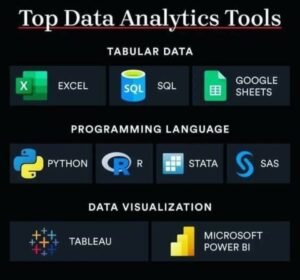
Problem-Solving Questions
- You are given sales data. How would you analyze the performance of a product?
- Discuss steps like identifying trends and comparing metrics.
- How would you prioritize tasks in a data analysis project?
- Focus on understanding goals and deadlines.
- Describe how you would communicate insights from your analysis to a non-technical audience.
- Emphasize storytelling and visual aids.
- How would you detect anomalies in a dataset?
- Techniques like statistical methods or visualizations.
- What metrics would you use to measure the success of a marketing campaign?
- Examples: ROI, customer acquisition cost, conversion rate.
General Knowledge
- What are the key qualities of a good data analyst?
- Include skills like attention to detail, problem-solving, and communication.
- What is data visualization, and why is it important?
- Discuss tools and its role in understanding data trends.
- What are some common challenges in data analysis?
- Examples: Missing data, noisy data, and large datasets.
- What industries benefit from data analysis?
- Highlight fields like healthcare, finance, e-commerce, and marketing.
- How do you stay updated with the latest trends in data analysis?
- Mention resources like blogs, courses, and professional communities.
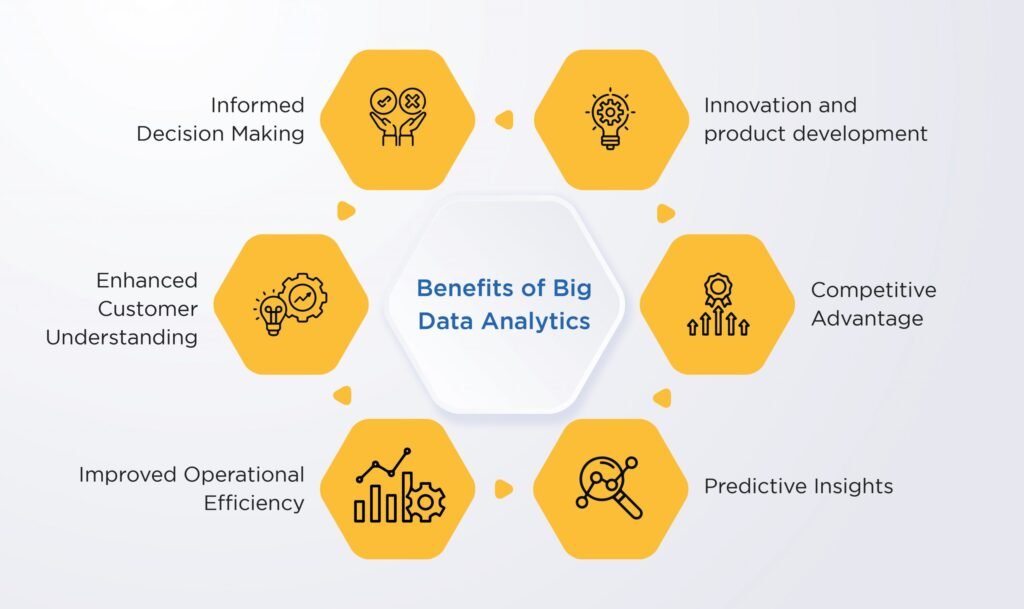
Conclusion
These questions provide a solid foundation for freshers preparing for a data analysis interview. By understanding these concepts and practicing them, candidates can approach interviews with confidence. For more resources, check out our Data Analysis training programs at Syntax Minds.
Get Started with Syntax Minds
For those in Hyderabad, Syntax Minds offers comprehensive training programs tailored to help you Data Analysis. Whether you’re a graduate or a working professional, our courses are designed to equip you with the skills needed to thrive in this exciting field.
Contact Us:
- Address: Flat No. 202, 2nd Floor, Vanijya Complex, Beside VRK Silks, KPHB, Hyderabad – 500085
- Phone: 9642000668, 9642000669
- Email: info@syntaxminds.com
Take the first step toward a rewarding career in Data Analysis. Join us at Syntax Minds today!
